Last-Minute NYC Holiday Gift Guide 🎁
We’ve created a holiday gift guide with presents for the intrepid New Yorker that should arrive just in time—


Nestled among some of the plushest neighborhoods in Tokyo (Roppongi, Ebisu, Hiroo, and Shirokanedai), the shotengai (shopping street) in Shirokane Takanwa is a time machine permanently set to pre-boom Japan. Running for approximately 400 meters from Hikawa temple to Meiji Dori, the Shinohashi Shirokane shotengai features funky plastic streetlights, loudspeakers playing jaunty Japanese tunes from the 1960s, and is flanked with an intriguing concoction of small stores and restaurants.
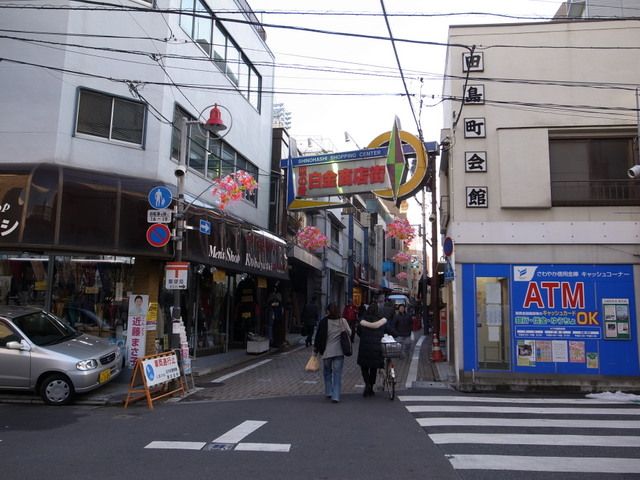 Shinohashi Shorikane entrance. All photos by Andrea Valentini.
Shinohashi Shorikane entrance. All photos by Andrea Valentini.
Shotengai is a generic term for the traditional Japanese market street. Every respectable neighborhood has one, although the quality of local shops and restaurants varies widely from one area to another. What makes Shinohashi Shirokane so special is not only its nostalgic character, which clashes spectacularly with its posh surroundings, but also the quality of some of the establishments located along it.
In the 1980s Shirokane came to be considered as one of the most upmarket residential areas in Tokyo, and residents there – stereotypically wealthy and fashion-conscious – were humorously referred to as ” shiroganesi” , an imitation of “Milanese” for residents of Milan. The most famous street in this area is Gaien Nishi-dori, popularly known as Platinum Street (à£à†’-à£à†’ ©à£à†’ à£à†’à… é€à… ¡à£”Å¡à… ), a wannabe – and rather tacky – local equivalent of the prestigious Via Montenapoleone in Milan.
Although Shinohashi Shirokane shotengai is located just a few minutes away from Platinum Street, it was miraculously spared from real estate sharks and well-off Tokyo-ites in search for a prestigious postcode. It’s a refreshing change from the nearby expat hangouts, and is a fascinating destination for an afternoon walk followed by dinner in one of its unique restaurants.
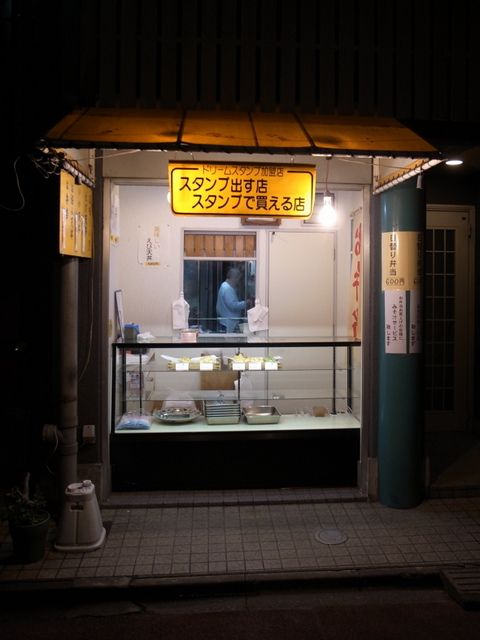
Tempura store in Shirokane
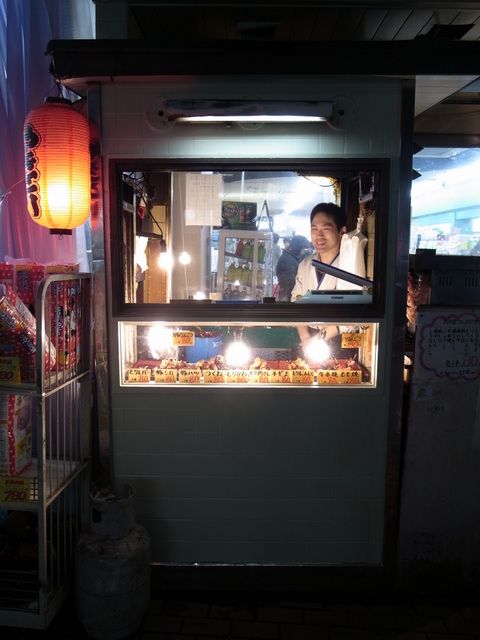
Yakitori stall in Shirokane
One of the gastronomic highlights along the shopping street is a cosy izakaya called Karoku (à ¥ ¯à ¥”˜”Å¡à ¤ ¹”¦), a sort of local institution since 1964. Karoru is particularly famed for its tebasaki (fried chicken wings), and is favored by gangs of local salarymen who love indulging in greasy food and copious amounts of beer after a long day at the office. The place is run by the affable Yuko-san, who dishes out well-crafted izakaya grub while being affectionately courted by her loyal and increasingly tipsy clientele.
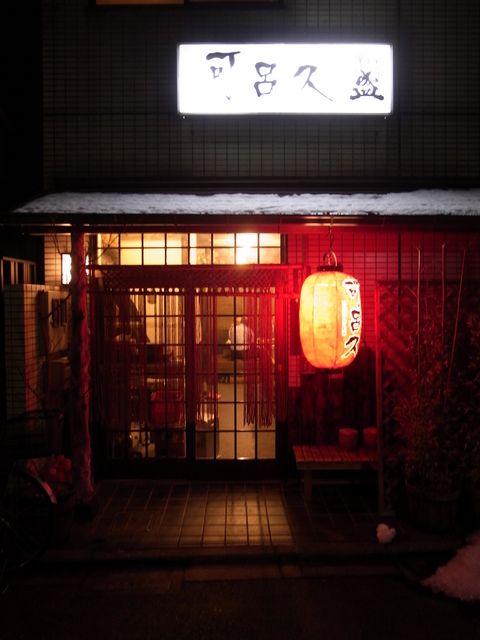
Karoku entrance
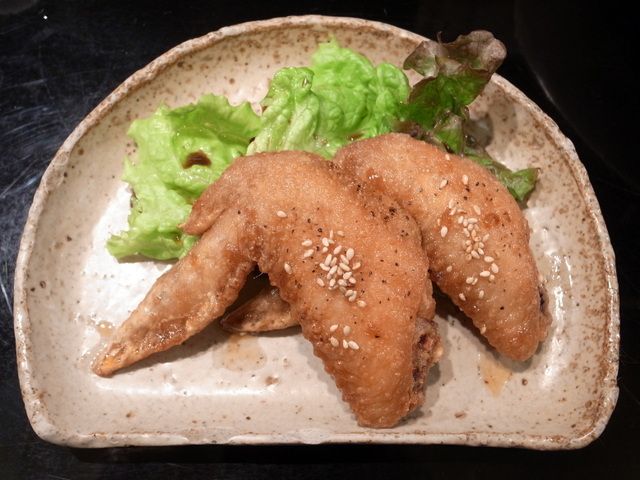
Karoku’s famous tebasaki
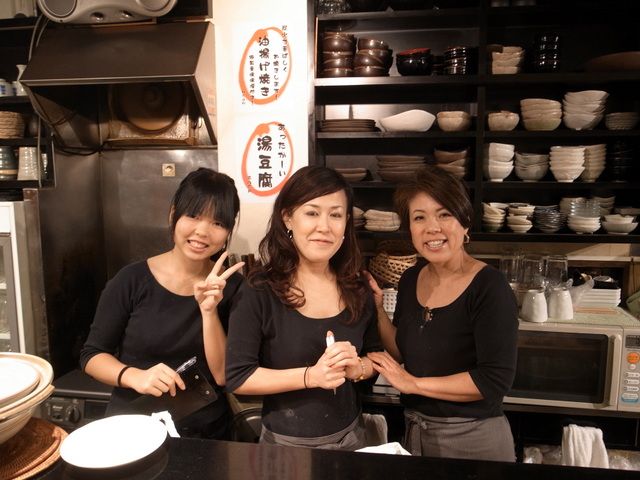
Karoku’s staff
Further down the street we find Suzukiya (éà‹” ´à ¦à…“ ¨à ¥ ±” ¹), a traditional motsu (offal) restaurant. Motsu used to be a humble working class fare until it became fashionable in the 1990s after a wave of media hype. Although the motsu boom was short-lived due to the BSE scare in the mid-90s, the latest financial crisis rekindled Japan’s interest in cheaper meals such as motsu. Suzukia is family-run (the owners live just above the restaurant), and it’s only open during weekdays from 6:30 to 8:30 in the evening. Suzukia’s specialties are not for the faint-hearted, and include cow vagina, uterus, and colon. More conventional classics such as liver, tripe, and intestines are also available.
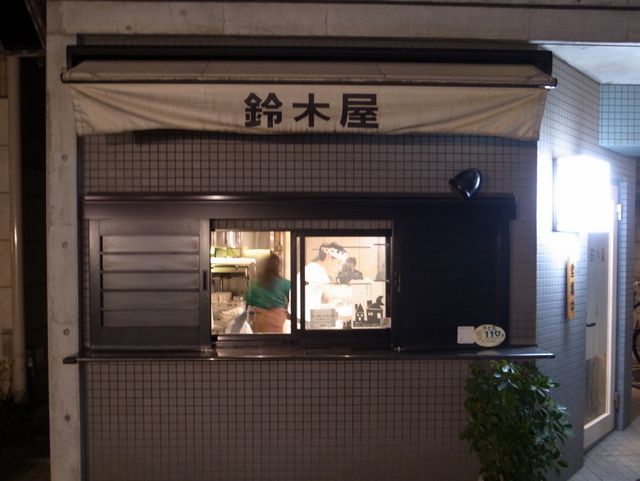
Suzukia
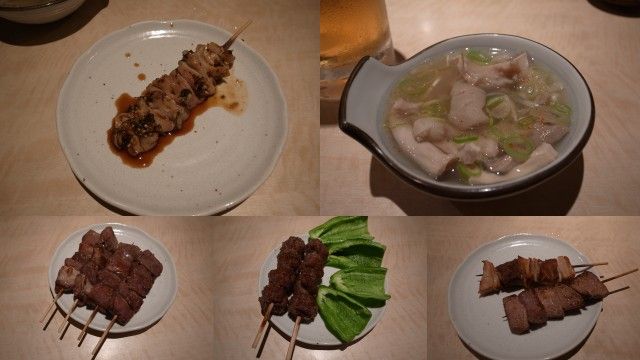
Suzukia’s delicacies
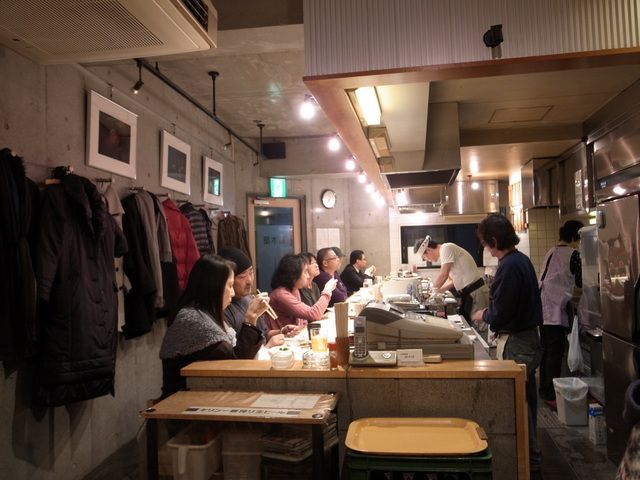
Suzukia’s spartan interior
Those looking for a more familiar fare won’t be disappointed either. Just a few meters away from Karoku and Suzukiya, and in delightful contrast with its old-school Japanese surroundings, a small French bistro called Labyrinte serves spectacular traditional French cooking, with absolutely nothing light or nouveau about it. Well worth a visit if you’re not on a diet.
Subscribe to our newsletter